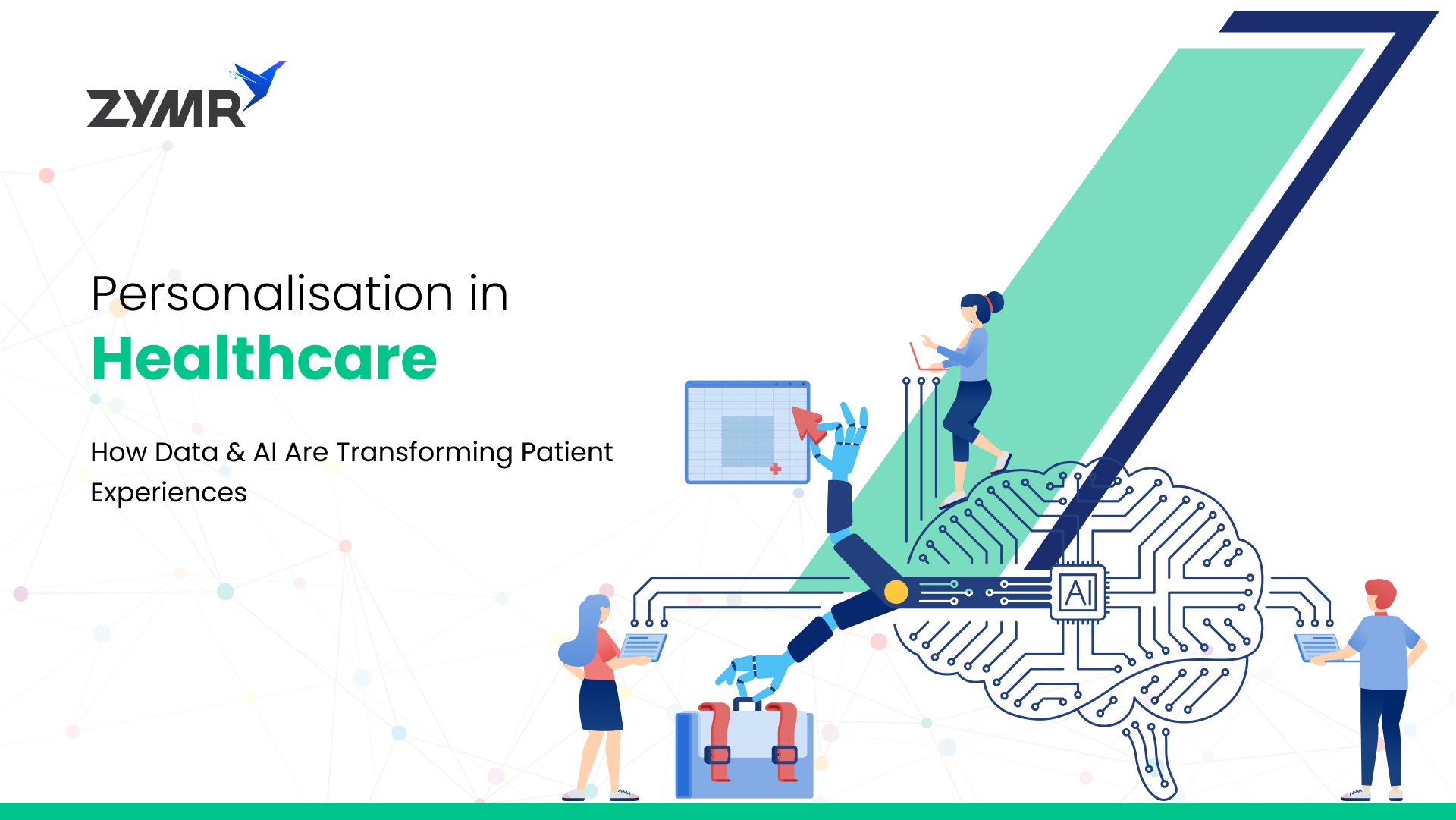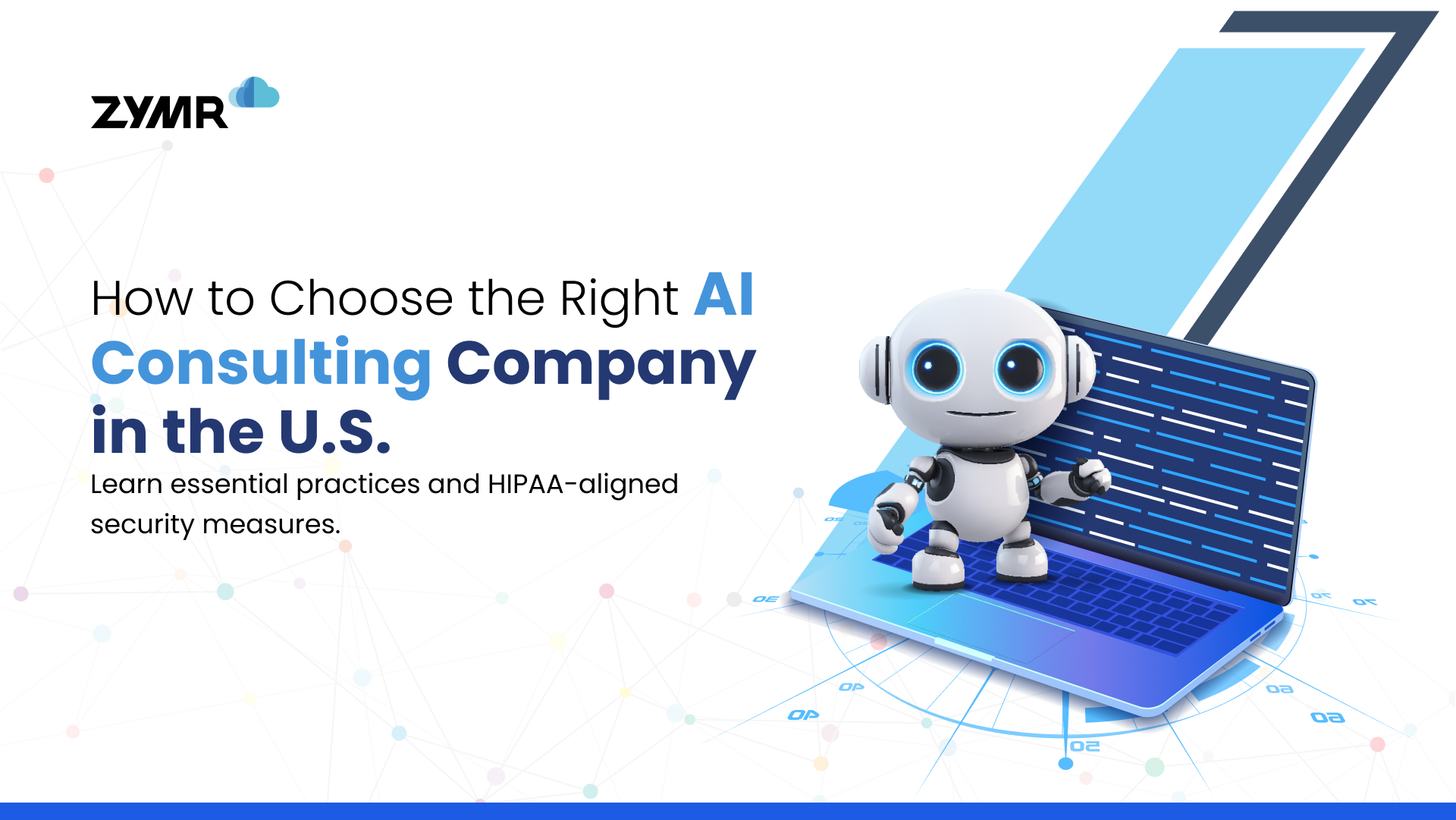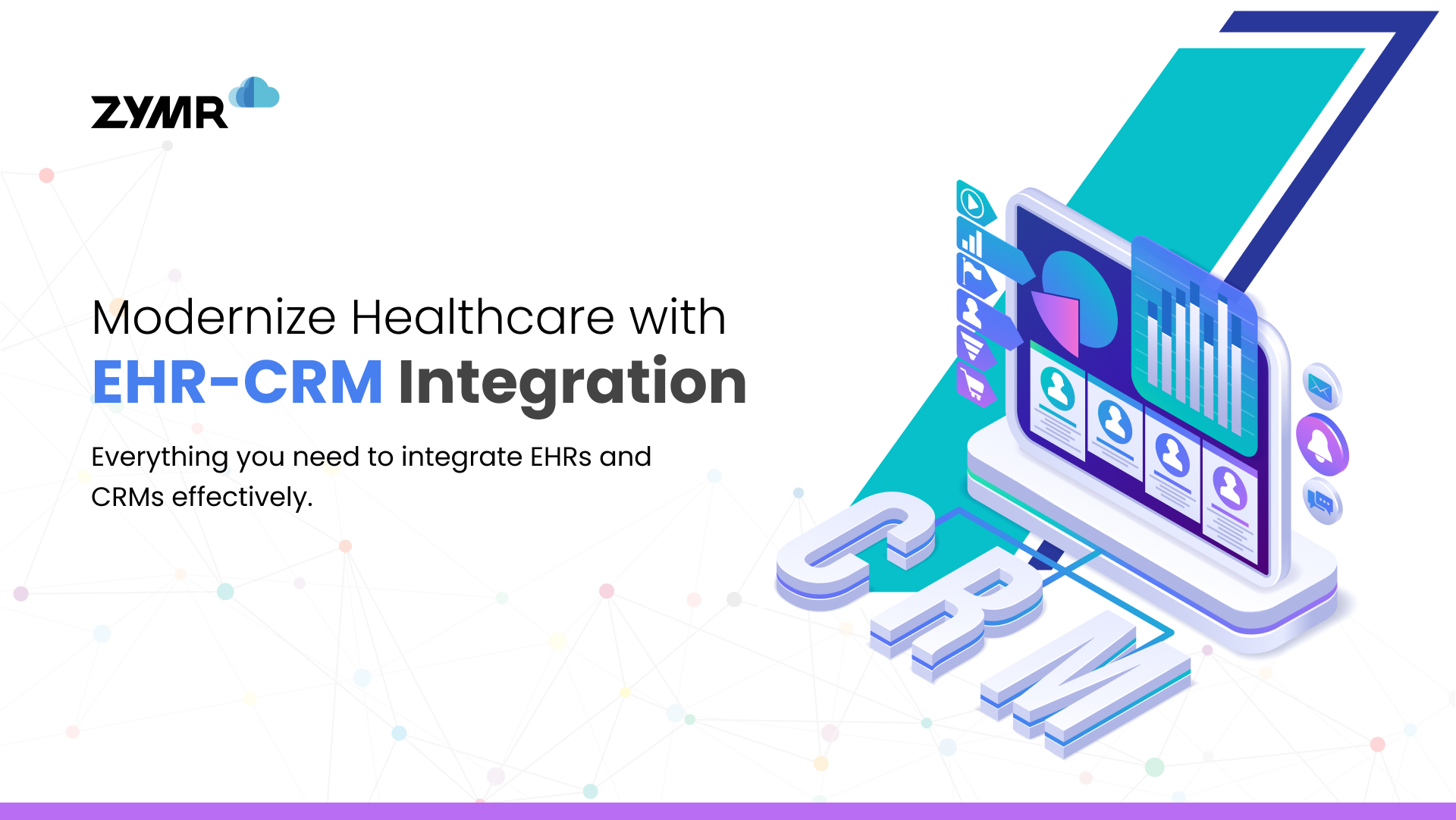Software Automation: Harnessing the Capabilities of Google Cloud Platform for Modern Software Development Services

August 7, 2024
Manual processes no longer hold any hope for catching up with the scale and complexity of modern-day business operations. Software development services are intensely focused on streamlining repetitive tasks, accelerating workflows, and ensuring consistency in digital-driven business processes. Automation has already breached into deployment pipelines, configuration management, production cycles, quality checks, and customer engagement among other business domains and there’s no going back. Embracing automation not only boosts productivity but also enables businesses to stay competitive and agile in an ever-evolving technological landscape. Cloud solutions play a fundamental role in enhancing software automation by providing a flexible, scalable, and dynamic environment for development and deployment processes.
In this blog we explore the significance of cloud infrastructure and cloud solutions on software automation in modern software development services. By taking the case of Google Cloud Platform (GCP) as a game-changer in this domain, we will explore how the challenges of automated software development are dealt with and how businesses are empowered with cutting-edge automation solutions.
Addressing the challenges in the holistic approach towards automation is necessary. Picking the right automation tools, designing a well-thought-out automation strategy, and fostering a culture of continuous improvement all have their own set of complexities to over come. By embracing automation as a transformative journey and proactively mitigating the hurdles it presents, organizations can unlock the true potential of software automation.
- One of the foremost challenges is the integration of automation into existing development workflows and processes. Adapting automation to fit within established practices while ensuring compatibility with different tools and systems can be intricate and time-consuming.
- Another significant challenge lies in creating a comprehensive and effective test automation strategy. Designing and maintaining automated test cases that cover various scenarios, edge cases, and real-world usage can be demanding. Ensuring that automated tests provide accurate results, especially in dynamic and rapidly changing software environments, requires constant monitoring and updates.
- Managing test data is yet another critical hurdle. Automated tests must operate with relevant and consistent data to yield reliable results. Organizations need to establish data pipelines and mechanisms to handle data dependencies, data generation, and data sanitization in automated testing environments.
- The complexity of cloud-based infrastructure and microservices architectures adds to the challenge. Orchestrating automated deployments across distributed systems demands sophisticated tools and practices to ensure smooth interactions and seamless communication between services.
- Security and compliance pose their own set of challenges in automation. Ensuring that automated processes and data are secure, and adhering to industry standards and regulations, require a robust security framework and continuous monitoring.
- Additionally, automation should be supported by skilled and knowledgeable personnel who can design, implement, and maintain automated workflows effectively. Investing in training and upskilling the workforce is essential to overcome potential skill gaps.
- Moreover, implementing automation at scale can impact the organization's culture and processes. It requires change management and clear communication to gain buy-in from stakeholders, ensuring a smooth transition and successful adoption.
Empowering Automation with Google Cloud Platform
Google Cloud Platform emerges as a comprehensive ally in the realm of software automation services. With its advanced infrastructure capabilities, managed services, and a robust ecosystem, GCP addresses the challenges of automated software development effectively. From scalable computing resources to well-designed architectures, GCP simplifies resource management and optimization. Furthermore, GCP's integration of machine learning and data analytics elevates automation QA services, ensuring thorough testing and deployment.
- Scalability: Google Cloud Platform (GCP) provides scalable infrastructure and services, enabling organizations to automate software development processes efficiently, accommodating varying workloads and demands.
- Elasticity: GCP offers the ability to provision and deprovision resources automatically, allowing automated software systems to dynamically scale up or down based on real-time requirements.
- Robust Automation Tools: GCP offers a rich set of automation tools like Google Cloud Build, Cloud Functions, and Cloud Scheduler, facilitating streamlined CI/CD pipelines, event-driven automation, and scheduled tasks.
- Integrated DevOps: GCP fosters a seamless integration of DevOps practices, promoting collaboration between development and operations teams to automate workflows and continuous delivery processes.
- Comprehensive Monitoring and Analytics: GCP provides powerful monitoring and analytics capabilities through tools like Google Cloud Monitoring and Logging, enabling automated software systems to be proactively monitored and optimized.
- Serverless Computing: Leveraging GCP's serverless offerings, such as Google Cloud Functions and App Engine, enables developers to focus solely on writing code while GCP handles the underlying infrastructure, facilitating faster and more efficient automation.
- Security and Compliance: GCP offers robust security features and compliance standards, ensuring the confidentiality and integrity of automated software systems and meeting regulatory requirements.
- Cloud Storage and Data Management: GCP's scalable cloud storage and data management solutions enable automated software systems to efficiently handle large volumes of data, ensuring data consistency and accessibility.
- AI and ML Capabilities: GCP's AI and ML services empower organizations to incorporate intelligent automation into their software systems, enhancing decision-making processes and automating repetitive tasks.
- Cost-Effectiveness: With GCP's pay-as-you-go pricing model and resource optimization capabilities, organizations can manage costs effectively while scaling their automated software solutions.
Conclusion
As software development continues to evolve, the future lies in embracing cutting-edge technologies and platforms. Google Cloud Platform (GCP) stands at the forefront of innovation, promising continuous advancements in software automation. GCP emerges as a transformative force, addressing the challenges and complexities of automated software development. With GCP's commitment to providing reliable, scalable, and secure solutions, businesses can confidently rely on it as a long-term ally. By harnessing the power of GCP, businesses can streamline their automation processes, optimize resources, and elevate QA services. This section highlights the potential of GCP in shaping the future of software automation and the ever-expanding horizons it opens for businesses. As the software landscape continues to evolve, GCP remains steadfast as a reliable and visionary partner, driving innovation and success in the realm of software automation.
FAQs
>
>
>
>
>
Have a specific concern bothering you?
Try our complimentary 2-week POV engagement
Our Latest Blogs

January 4, 2026
Personalisation in Healthcare: How Data & AI Are Transforming Patient Experiences


December 30, 2025





.svg)
.svg)
.svg)
.svg)
.svg)
.svg)
